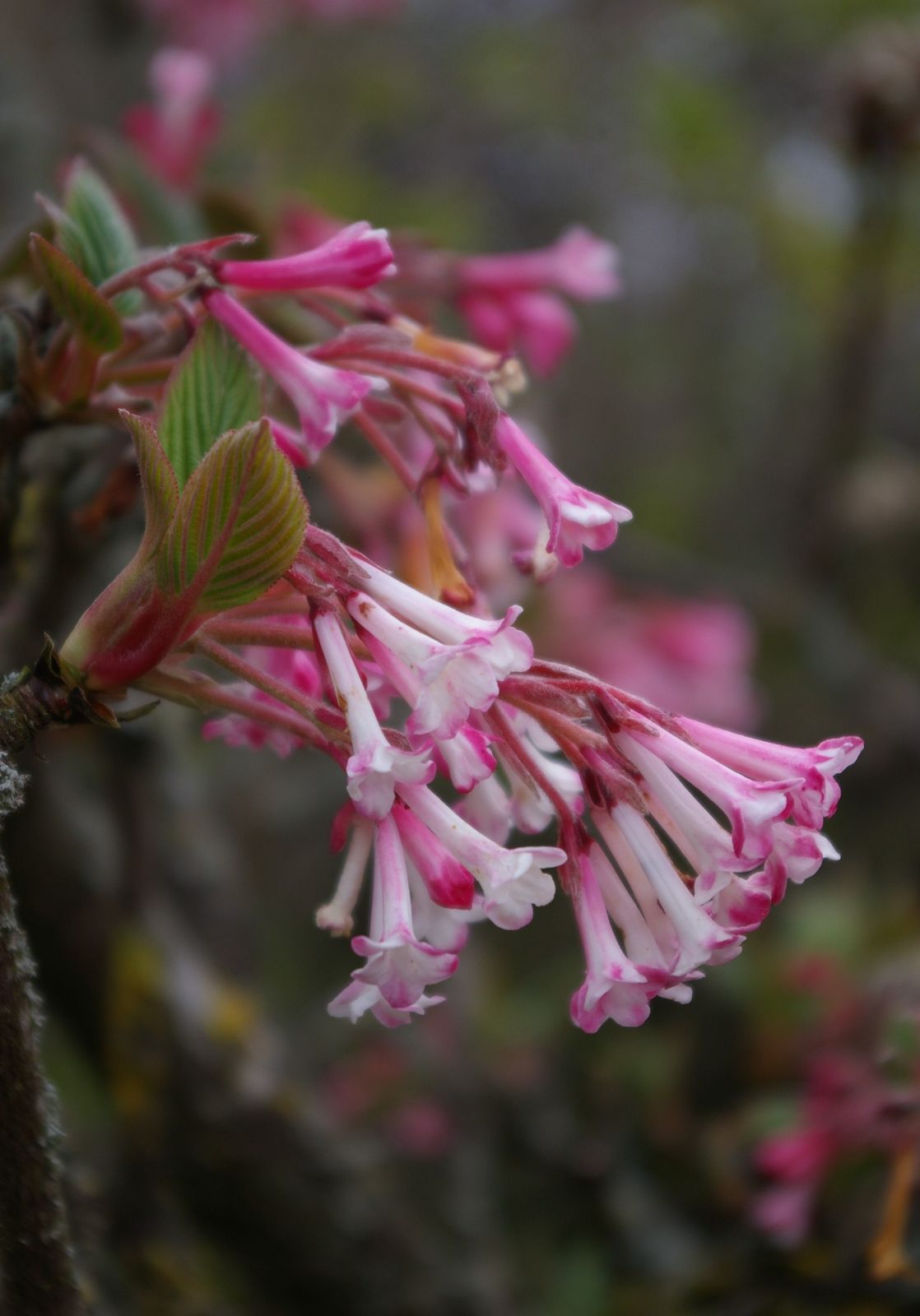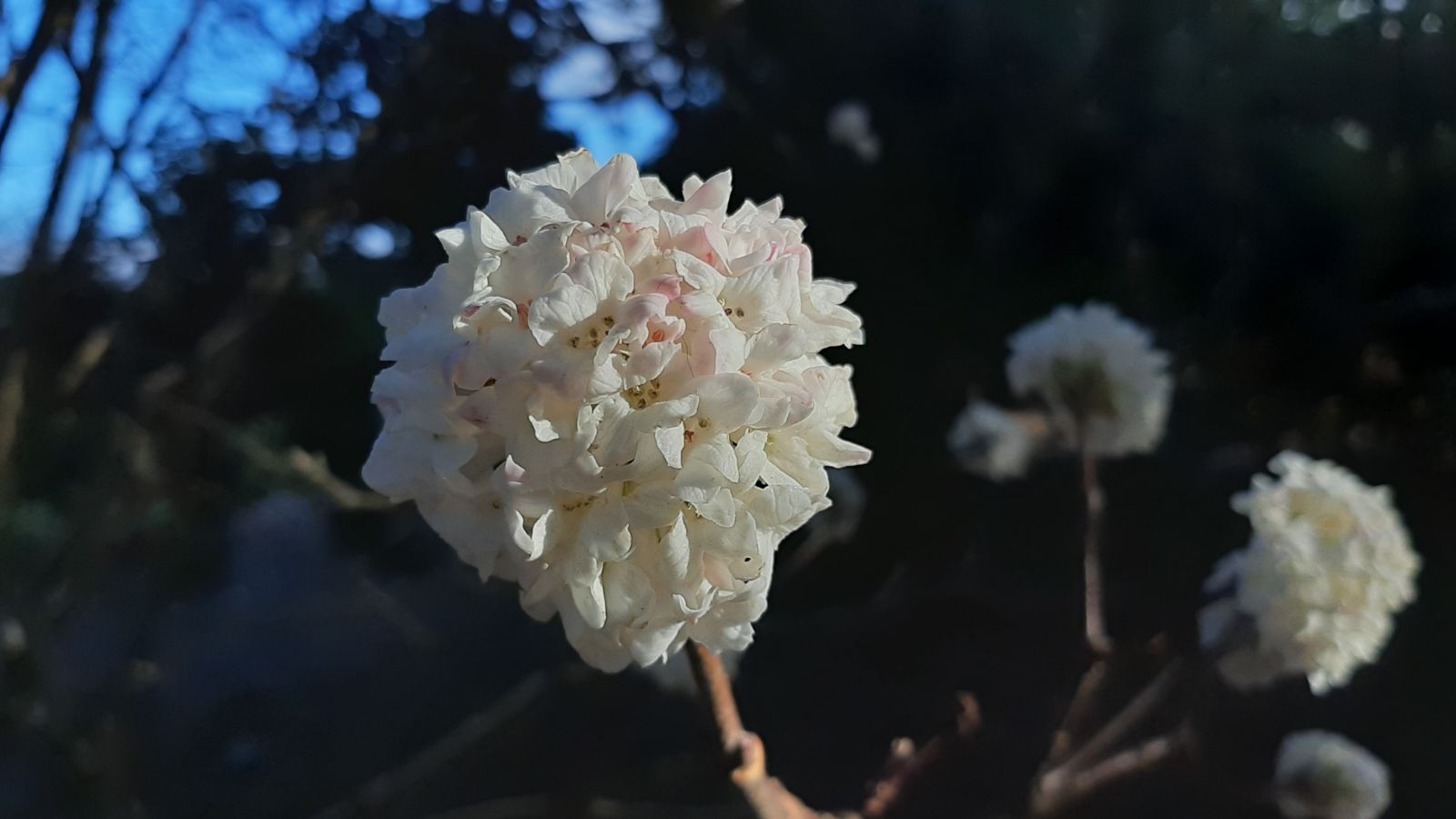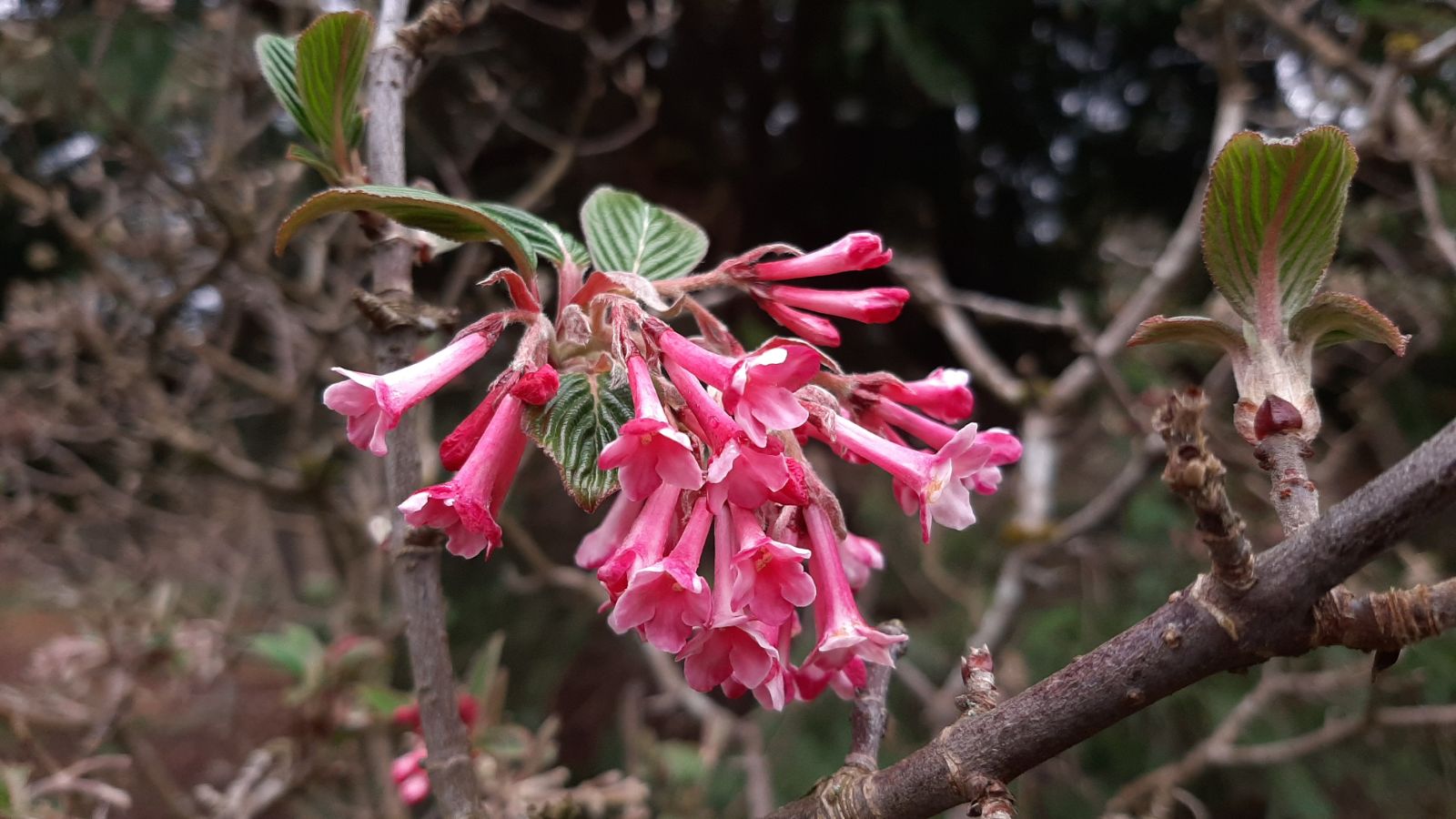Viburnum grandiflorum
Credits
Article from Bean's Trees and Shrubs Hardy in the British Isles
Recommended citation
'Viburnum grandiflorum' from the website Trees and Shrubs Online (treesandshrubsonline.
Genus
Synonyms
- V. nervosum sens. Hook. f. & Thoms., not D. Don
Infraspecifics
Other taxa in genus
- Viburnum acerifolium
- Viburnum betulifolium
- Viburnum × bodnantense
- Viburnum buddleifolium
- Viburnum burejaeticum
- Viburnum × burkwoodii
- Viburnum × carlcephalum
- Viburnum carlesii
- Viburnum cassinoides
- Viburnum cotinifolium
- Viburnum cylindricum
- Viburnum davidii
- Viburnum dentatum
- Viburnum dilatatum
- Viburnum erosum
- Viburnum farreri
- Viburnum foetidum
- Viburnum harryanum
- Viburnum henryi
- Viburnum hupehense
- Viburnum japonicum
- Viburnum kansuense
- Viburnum lantana
- Viburnum lantanoides
- Viburnum lentago
- Viburnum macrocephalum
- Viburnum molle
- Viburnum nudum
- Viburnum odoratissimum
- Viburnum opulus
- Viburnum phlebotrichum
- Viburnum plicatum
- Viburnum propinquum
- Viburnum prunifolium
- Viburnum rhytidophyllum
- Viburnum rigidum
- Viburnum rufidulum
- Viburnum schensianum
- Viburnum setigerum
- Viburnum sieboldii
- Viburnum suspensum
- Viburnum tinus
- Viburnum utile
- Viburnum veitchii
- Viburnum wilsonii
- Viburnum wrightii
A deciduous shrub of stiff habit, or, in the wild, sometimes a small tree; young shoots softly downy at first, becoming dark brown by winter. Leaves of firm texture, dullish green, narrowly oval, tapered towards both ends, pointed, finely and regularly toothed, 3 to 4 in. long, half as much wide; veins parallel in six to ten pairs, very downy beneath; stalk 3⁄4 to 1 in. long, purplish. Flowers fragrant, produced in February and March (sometimes earlier) in a cluster of stalked corymbs at the end of the preceding summer’s growth, the whole making a many-flowered inflorescence 2 to 3 in. across. The tube of the corolla is slenderly cylindrical, 1⁄2 in. long, spreading at the mouth into five roundish ovate lobes and measuring there 1⁄2 to 3⁄4 in. wide. On first opening the corolla is flushed with pale rose, afterwards it is almost pure white; anthers pale yellow. Calyx reddish, with five minute, pointed lobes. Bracts linear, 1⁄4 to 1⁄2 in. long and, like the main and secondary flower-stalks, downy. Fruits oval, 1⁄2 to 3⁄4 in. long, ultimately blackish purple, said to be edible. Bot. Mag., t. 9063.
Native of the Himalaya from Chamba eastward, possibly extending into parts of western China; introduced from Bhutan by Roland Cooper for A. K. Bulley in 1914. In its wood it is quite as hardy as V. farreri, but the flowers are more likely to be damaged or destroyed by frost. The two are closely allied, but V. grandiflorum differs in having the undersides of the leaves, the inflorescence-axes and inner bud-scales densely hairy, and in the longer corolla-tubes of its flowers. As seen in gardens it is of different aspect, with its rather gaunt habit. Its flowers vary in colour as they do in V. farreri. The flowers are usually bright rosy pink and fade only gradually to white as they age, but some plants of the Cooper introduction had almost white flowers. In ‘Snow White’ (A.M. 1970) the limb is white, flushed with pink; this was raised from seeds collected in Nepal by Col. Donald Lowndes in 1950 (Journ. R.H.S., Vol. 95 (1970), fig. 172).





